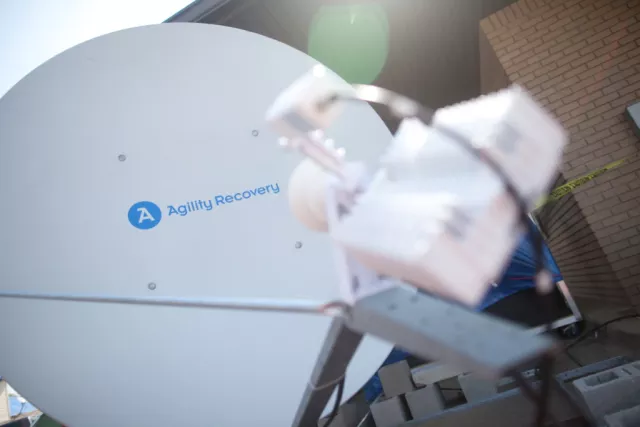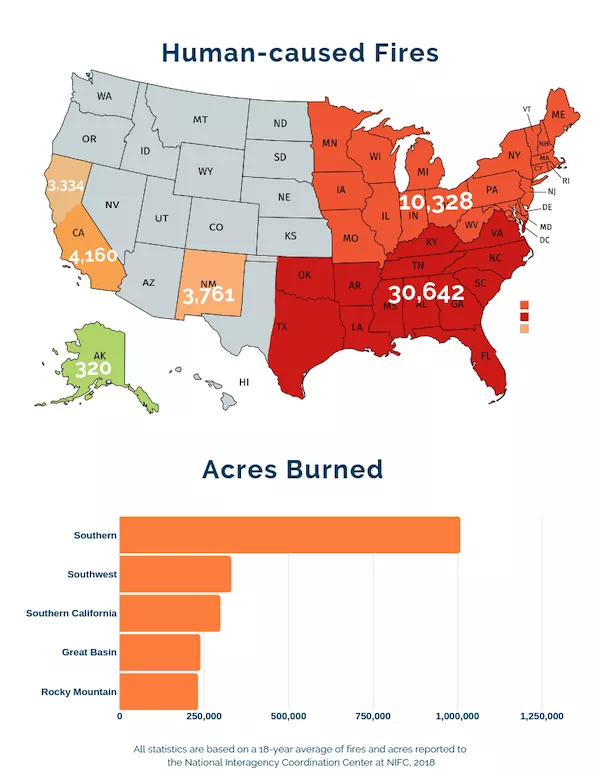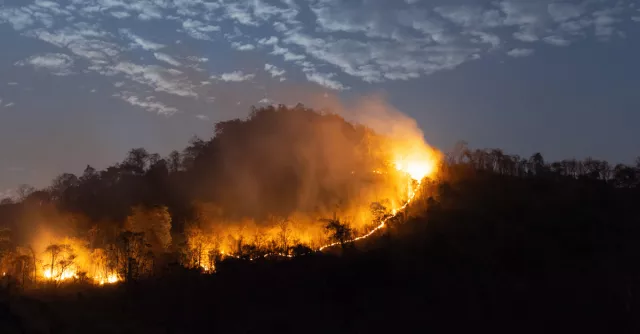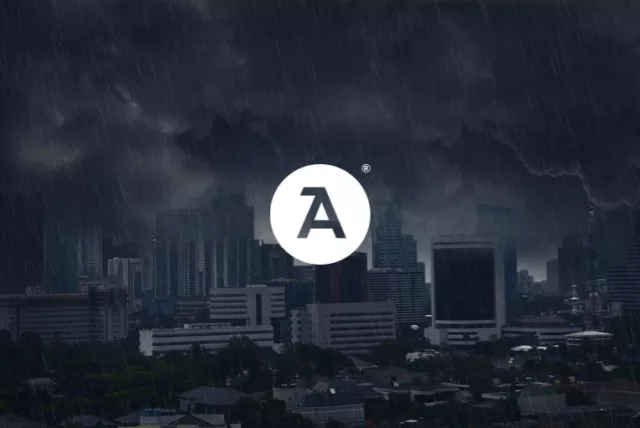Wildfires in 2019: What to Expect and How to Get Prepared

What is a Wildfire and How Does It Start?
A wildfire season typically aligns with times when there’s an excess of dry fuels, winds and temperatures are above average, and humidity is low, which creates hot, dry conditions. Wildfire season also varies from one region to another. However, experts believe that a new pattern is emerging, and it may be year-round.
As of early April, there are more than 20 wildfires across the country, even though the overall number of wildfires from January to March 2019 is significantly lower than it was in 2018.
Back in August 2018, California saw the deadliest and most destructive fire on record, with losses exceeding $3.3 billion in October.
As wildfires become costlier each year, they happen more frequently. Overall, there were 11,195 fires in 2018, consuming 432,420 acres. But why are there so many of them across the country? NIFC says most of them are caused by humans.
- Humans cause an average of 61,375 fires each year
- 68% of all human-caused fires are started in Southern and Eastern areas
- Alaska area reports the fewest human-caused fires
- Nearly 36% of all acres burned by human-caused fires are in the Southern Area
- More than 2.8 million acres are burned each year by people who start wildfires
As many as 87% of wildfires in the U.S. are caused by people. The aftermath of such a disaster can permeate many aspects of city life: A wildfire can cause flooding or obstruct transportation, cause problems related to gas, power, and communication, not to mention extensive damage that can be done to a property.
How to Stay Safe
Before the wildfire:
- Train your employees and their backups on how to use fire extinguishers and in general fire safety
- Establish an evacuation plan and keep it up-to-date
- Create an emergency supply stock
During the wildfire:
- Evacuate to a pre-designed shelter area
- Listen to EAS, NOAA Radio, or local alerting systems for updates. Use a battery-operated radio, if other means of communication are unavailable.
- Call 911 if trapped
- Use a facemask for safe breathing
After the wildfire:
- Listen to authorities to know if it’s safe to return
- Document the damage
- Contact your insurance or disaster recovery provider for assistance
Plan and Prepare
Wildfires can be very damaging and dangerous to your organization and employees. This includes possible damage to your facility and personal property issues your employees might experience.



